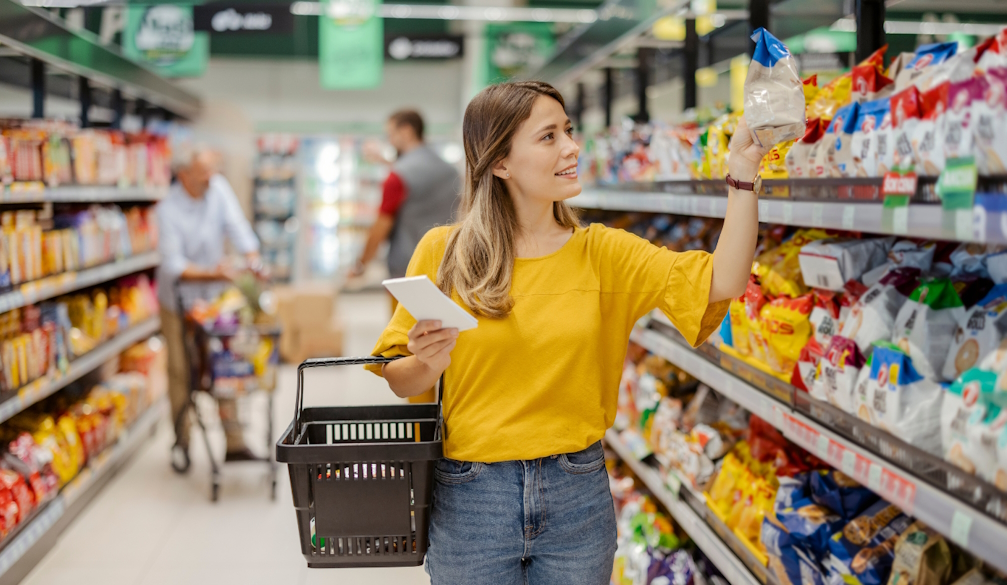What’s the difference between barista milk and regular milk? It’s what gets added to it
- Written by David Chua, Senior Research Projects Officer, Centre for Community Health and Wellbeing, The University of Queensland

If you start reading the labels of the various milks at the supermarket, you’ll quickly find different fat levels, added nutrients like calcium, lactose-free options, milk from goats or sheep, and ones made from plants.
Both at the supermarket and at your local café you’ve probably also seen cartons labelled “barista milk”. These can be dairy or plant milks marketed for making specialist coffee drinks such as flat whites, lattes and others.
But what exactly makes a product a barista milk, and how does it differ from regular milk?
What is ‘milk’, anyway?
“Milk” is a regulated term. Food Standards Australia New Zealand[1] sets requirements on fat and protein contents for dairy milk, and it has to come from “milking animals”. These standards also state what can be added or modified; only plant sterols (a supplement to reduce blood cholesterol) are allowed.
Despite the name, plant-based milks aren’t bound by a specific “milk” standard. Instead, they fall under broader beverage regulations, which is why you’ll see a wide variety of ingredients, protein levels, sugars and fats from one brand to the next.
Because of this regulation, manufacturers are careful to make it absolutely clear what is in the carton or bottle so there’s no confusion between cow’s milk and soy milk, for example.
What is barista milk, then?
Barista milks, whether dairy or plant-based, are specifically formulated to foam more reliably, with a finer texture and longer-lasting bubbles.
For cow’s milk, this almost always means higher protein content: about 4–5% in barista milk compared to the 3.3–3.5% in regular milk. You’ll often see “milk solids” listed in the ingredients; this is another name for dried skim milk, added to boost the protein content.
Plant-based barista milks (such as soy, oat or almond) will vary a lot more, depending on the manufacturer and the plant base.
The most common additives in plant-based barista milks are:
- vegetable oils for creaminess and thickness
- gums (such as gellan[2] or locust bean gum[3]) to increase thickness
- maltodextrin[4] (a processed starch), also for thickness, and
- emulsifiers such as lecithin[5] – to help stop the fats and water from splitting apart.
The science of a good foam
Foam is essentially gas bubbles suspended in a liquid[7]. Its stability depends on a complex interaction of proteins, fats[8], sugars and other components[9], as well as the temperature[10] at which the milk was foamed.
In cow’s milk, proteins such as casein and whey form ball-like structures that easily rearrange to stabilise foam[11]. These proteins help the milk fat and water stay held together, which is why dairy-based barista milks foam easily and the foam lasts longer.
Fat plays a more complex role depending on temperature – there’s a sweet spot for a good foam.
In cold cow’s milk, the fats are semi-solid and will make the foam collapse by breaking the bubble walls. But when heated above 40°C, these fats melt, spread better throughout the milk and easily interact with proteins to help form and stabilise the bubbles.
However, overheating the milk (above 70°C) cooks and breaks[12] the whey protein balls, making it harder to create foam[13].
How barista plant milks work
Plants make vastly different proteins compared to cows. However, the physical shape of proteins found in soy and oat milks is also ball-like[14], making them good for foaming just like cow’s milk.
That’s generally why you see soy and oat milks used in cafes. Barista versions of plant milks often have added vegetable oils to help mimic the fat–protein interaction in dairy. It’s what makes the milk foam stable and the liquid feel creamy.
Some – but not all – barista plant milks will also have thickeners because they help the foam last longer[15].
Compared to soy and oat, almond milk is naturally low in protein. So almond barista milks will almost always contain gums, starches and emulsifiers along with added vegetable oil.
Many plant milks also contain added sugars for flavour, since they lack the natural lactose found in dairy.
Is barista milk worth it?
Many plant-based milk formulations, especially barista ones, contain added gums, manufactured starches and emulsifiers. This qualifies them as “ultra-processed foods”, according to the United Nations’ classification system[16].
While the plant-based milk might not be inherently overly harmful, this classification invites reflection on how far these products have moved from their original, natural source.
On the environmental side, plant-based milks typically have a lower impact than cow’s milk[17]. They use less land and water and produce fewer greenhouse gases.
Barista milks usually cost significantly more[18] than their regular counterpart. This premium reflects the added ingredients and research and development cost of optimising foaming and drinking characteristics.
For cafés, the cost is often justified because barista milks produce a more predictable and consistent end product, leading to better customer satisfaction.
For home use, it depends on your own level of foaming skill and how much you value a perfect flat white every time.
References
- ^ Food Standards Australia New Zealand (www.legislation.gov.au)
- ^ gellan (www.foodingredientfacts.org)
- ^ locust bean gum (www.foodingredientfacts.org)
- ^ maltodextrin (www.acs.org)
- ^ lecithin (www.foodingredientfacts.org)
- ^ Dmytro Vietrov/Shutterstock (www.shutterstock.com)
- ^ gas bubbles suspended in a liquid (link.springer.com)
- ^ proteins, fats (link.springer.com)
- ^ sugars and other components (pubs.rsc.org)
- ^ temperature (www.sciencedirect.com)
- ^ ball-like structures that easily rearrange to stabilise foam (link.springer.com)
- ^ cooks and breaks (pmc.ncbi.nlm.nih.gov)
- ^ making it harder to create foam (www.sciencedirect.com)
- ^ soy and oat milks is also ball-like (pubs.rsc.org)
- ^ help the foam last longer (pubs.rsc.org)
- ^ United Nations’ classification system (www.cambridge.org)
- ^ lower impact than cow’s milk (doi.org)
- ^ cost significantly more (www.abc.net.au)















